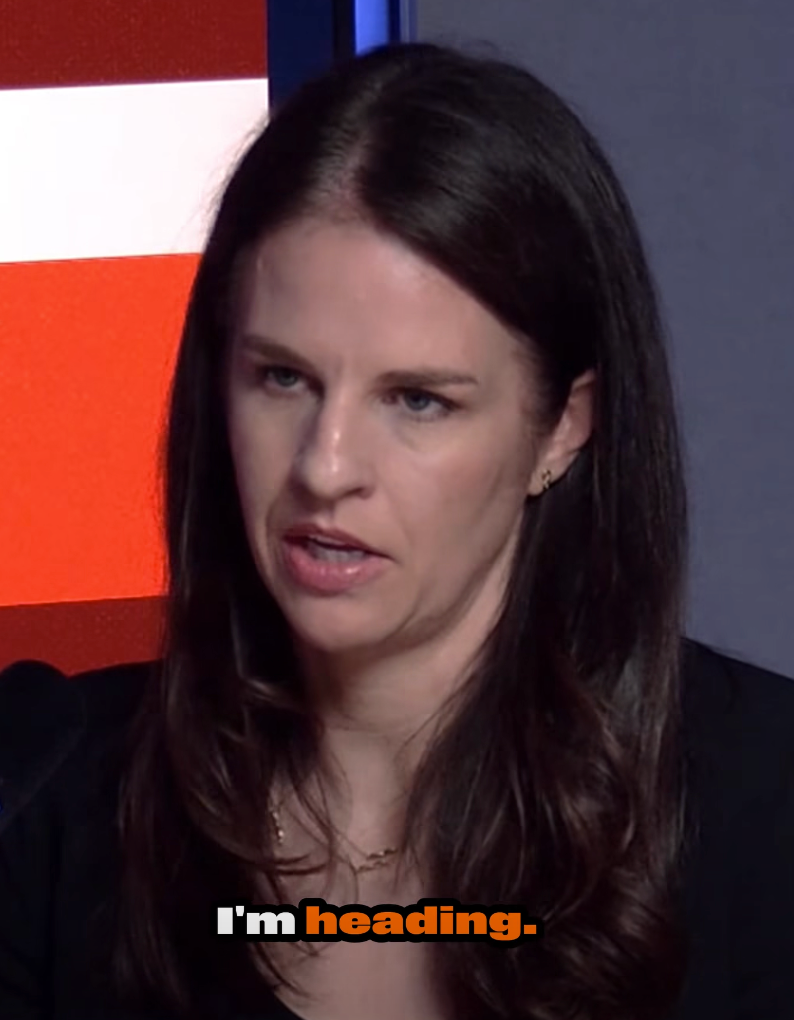Teaching Through Tears—Theirs and Ours
- Jul 31
- 5 min read
by Rebecca Thomas

“I made two teachers leave,” he said with a smirk; his words heavy with defiance as I walked him down the corridor toward the office.
The weight of his story was clear in the swagger. The chip on his shoulder about learning and school seemed almost too big for him to carry. But I refused to let his insults become a barrier. To me, his sarcasm wasn’t rejection; it was a quiet invitation. It was the only way he knew to say, Please don’t give up on me like the others have.
Earlier in class, when he declared it was “boring,” I heard something entirely different.
I heard, This is hard for me.
I don’t know how to start.
I’m scared you’ll see where I’m struggling.
This is the reality we face with so many of our young rangatira. Not everyone can see beyond the bravado. When they say they don’t care about school, when they slam doors or throw sharp words, they are really testing whether we care enough to stay.
Only today tables were upturned, curses said with anger, frustration.
Once the consequences had settled and the student had realised their actions were outrageous, the tears start. The hoodie goes up. They slouch on their chair looking at the mess with despair.
The weight of words
Research tells us children who experience adversity and trauma hear an overwhelming number of negative words by the time they’re 12.
Messages like, “You’re useless.”
“You’re dumb.”
“You’ll never amount to anything.”
Those words leave marks.
Neuroscientists now know they can even rewire the brain—teaching children to scan for threat instead of safety, to expect rejection instead of trust.
And it shows up in the behaviours we deal with daily: the trashed lunchboxes, the rubbers and glue sticks wounded with pencil holes, the flooded toilets, the broken bats and balls that end up on the roof.
As neuroscience educator Nathan Wallis reminds us, unless we meet the needs of the limbic, emotional brain first, those impulsive responses—tables upturned in anger, curses hurled in frustration—are triggers rather than choices. When the survival brain is aroused, the rational thinking brain simply can’t function effectively.
These behaviours aren’t usually calculated acts of defiance. They come from the brain’s emotional centre—the limbic system—which hijacks the rational brain when a child feels unsafe or under threat. The sharp comment, the slammed door, the refusal to engage: these are survival responses, not conscious choices.
The temptation to find the “cause”
Some of us naturally want to know why. We look beyond the classroom and see homes under pressure, the influence of digital technology, social media, gaming, the general stress of “the world today.” We hypothesise and analyse:
What’s driving this behaviour?
What’s happening beyond our school gates?
It’s a natural reaction. But sometimes, in this discourse, we give ourselves permission to lower expectations—not just for our students, but for ourselves.
We begin to feel defeated:
What difference can I really make if the child just goes back to the same environment each night?
What’s the point if they spend more hours online than in the classroom?
When it takes time to access support—and when the processes involved, like paperwork, required documentation, or additional diagnostic steps, delay when RTLB support can begin—it can feel like months before help is in place. This places extra strain on schools and students. And when the pressure of tests and results builds for both teachers and students, it’s easy for words and behaviours to start building walls.
This is where Kathryn Berkett’s work is so helpful. She reminds us that when we as adults feel overwhelmed, we too can slip into our “red brain.” In this state, we react rather than respond, which can escalate the situation further. That’s why it’s so important to have support systems and moments of release for teachers. We can’t be steady for our students if we’re not steady ourselves.
But behind the armour…
Here’s what I have learned: when a child lashes out, they’re rarely telling us we’ve failed. They’re telling us they’re afraid we will leave.
The thing about shields is that they’re not permanent. They are removable. And every small act of consistency chips away at the armour:
A smile even after a harsh comment.
A quiet, “I’ll see you tomorrow” even when today was messy.
A genuine, “I want you to succeed” repeated often enough that they begin to believe it.
For teachers in the thick of it
You may not see the impact straight away. You may even feel like you’re failing. But what you are doing matters more than you know.
We can’t always fix what sits beneath the pain.
We can’t erase the thousands of negative words some children have already heard.
But we can be the steady heartbeat of hope that reminds them—whether they show it or not—that they are worth the effort.
And one day, the smirk will soften.
The insults will fade.
The same student who pushed you away will quietly take the book you offer, ask for help with their work, or finally meet your eyes with trust.
That small action—often barely noticeable—is their way of saying, “You didn’t give up on me.”
So to the teachers feeling worn down by words, please hear this: what you do matters. The way you keep showing up, holding boundaries, and offering patience—especially on the hard days—makes a difference. It may not always be visible straight away, but those small, steady actions build trust.
And that trust is often the first step toward change.
A word for school leaders
Leaders, your role in this work is powerful. Every time you acknowledge and back the teachers “holding the line,” you strengthen the whole system around these children.
A pop-in visit to the classroom you know has been unsettled, a quiet word of encouragement in the corridor, a principal’s award given to a child who normally only sees you when they’re in trouble—these moments echo. They remind both staff and students that we are an ecosystem, not isolated parts.
As former principal Jase Williams demonstrates through his mahi, leadership is about modelling the same connection we ask of our teachers. When leaders are present, visible, and active in the relational culture of a school, it sends a message: “We’re in this together.” Your recognition of the hard work, your willingness to remove unnecessary pressures where possible, and your presence alongside the teachers in the hardest spaces, all reinforce that this is shared mahi.
No teacher should feel they are alone in it.
Because when the adults are steady and connected, children begin to feel it too.
And that is when walls come down.
And we know this to be true not just because it “feels right,” but because New Zealand experts like Nathan Wallis, Kathryn Berkett, and Jase Williams—educators and leaders who deeply understand our context—have shown us why it matters.
Ngā mihi nui ki a koutou – thank you deeply for your mahi and wisdom.




Comments